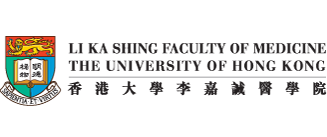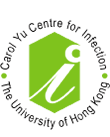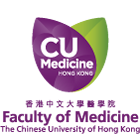Home > Chapters
Chapters
Part III: Guidelines for selected antimicrobial use
3.4 Tigecycline
- Prototype drug of antibiotic class glycylcyclines derived from minocycline (153).
- Indications: MRSA, VRE and other multidrug-resistant organism with in vitro activity, when standard treatment has failed or is contraindicated (e.g. allergy).
- As for tetracyclines, this drug is not licensed for use in children.
- Poorly active or inactive against the non-fermenters, such as Stenotrophomonas maltophilia, Pseudomonas spp. and CRAB.
- Limitation of use
- Food and Drug Administration (FDA) warnings: Reports showed an increased mortality in patients treated for nosocomial pneumonia, especially ventilator-associated pneumonia, and also complicated skin and skin structure infections, complicated intra-abdominal infections and diabetic foot infections (154).
- An updated FDA warning has showed a higher mortality risk among patients who received tigecycline compared to other antibacterial drugs. The deaths resulted from worsening infections, complications of infection, or other underlying medical conditions (155).
- Dosage:
- I.V. loading dose of 100 mg, then 50 mg q12h.
- Given as slow I.V. infusion (30–60 minutes).
- Reduce maintenance dose (25 mg q12h) for patients with severe liver disease (Child Pugh C).
- Side effects similar to tetracycline.
- Please consult clinical microbiologist or infectious disease physician for the use of tigecycline.















